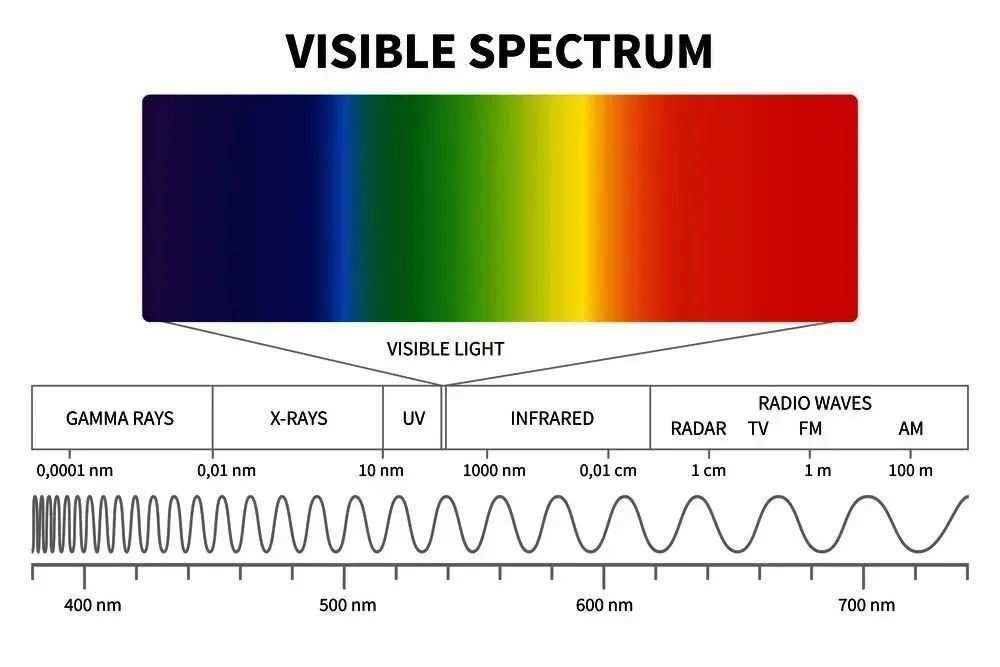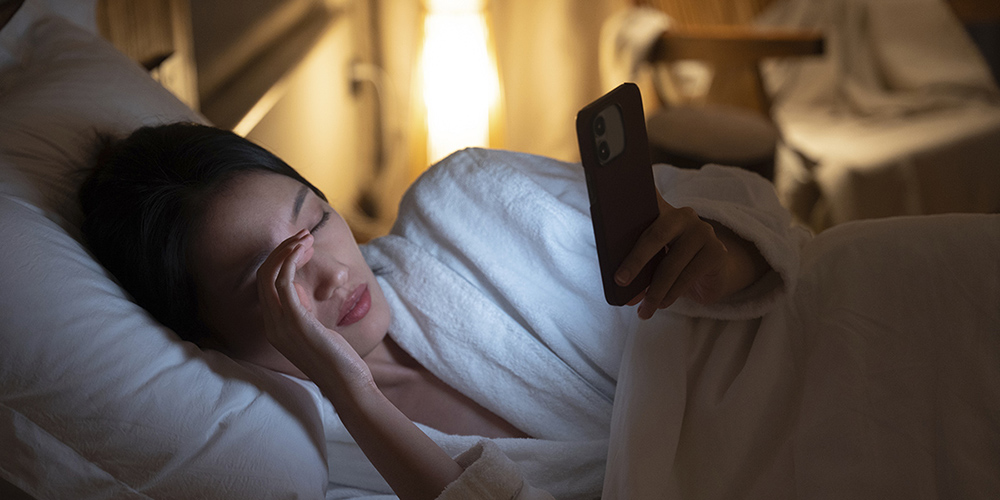The blue cut light glasses can, to a certain extent, be the "icing on the cake" but are not suitable for all populations. Blind selection might even backfire.doctor suggests: "Individuals with retinal abnormalities or those who need to use electronic screens intensively might consider wearing blue cut light glasses. However, parents should not choose blue cut light glasses for children merely to prevent myopia."
1.blue cut light glasses cannot delay the onset of myopia.
Many parents wonder: Should they choose blue cut light glasses for their nearsighted children? Natural light comprises seven different colors of light, with their energies increasing sequentially. The blue light visible to human eyes refers to the wavelength range of 400-500 nm. Though it's all blue light, the wavelength between 480-500 nm is known as long-wave blue light, and that between 400-480 nm is called short-wave blue light. The principle of blue cut light glasses is to reflect short-wave blue light by coating a layer on the lens surface or by incorporating blue cut light substances into the lens to absorb "blue light," achieving the blue cut effect.

Experiments show that filtering out blue light does not alleviate eye fatigue caused by staring at computer screens, nor is there sufficient evidence to prove its effectiveness in clinically preventing myopia.
2.The harm of blue light emitted from electronic screens to eyes is limited.
Although blue light isn't the most energetic in visible light, it's the most concerning harm source. This is because, although violet light has stronger energy, people are relatively more cautious about it. In contrast, blue light is ubiquitous in the digital age and unavoidable. The LED in lighting and electronic screens mainly emits white light through blue light chips stimulating yellow phosphor. The brighter the screen, the more vivid the color, the higher the blue light intensity.
High-energy short-wave blue light has a higher probability of scattering when encountering tiny particles in the air, causing glare and making the images focus in front of the retina, leading to color perception deviations. Exposure to excessive short-wave blue light before sleep can also inhibit melatonin secretion, leading to insomnia. Studies show that 400-450 nm blue light can damage the macula and retina. However, discussing harm without considering the dosage is inappropriate; thus, the exposure dose of blue light is crucial.


3.It's not right to condemn all blue light.
Even short-wave blue light has its benefits; some research suggests that short-wave blue light in outdoor sunlight might play a role in preventing myopia in children, though the specific mechanism is unclear. Long-wave blue light is important for regulating the body's physiological rhythm, affecting the hypothalamus's synthesis of melatonin and serotonin, influencing sleep regulation, mood improvement, and memory enhancement.
Experts emphasize: "Our lens naturally filters some blue light, so rather than choosing blue cut light glasses, the key to protecting our eyes is reasonable use. Control the time and frequency of using electronic products, maintain an appropriate distance during use, and ensure moderate indoor lighting. It's best to have regular eye check-ups to identify and treat eye issues timely."
blue cut light glasses, by reflecting harmful blue light with a coated film on the lens surface or incorporating blue cut light factors into the lens material, block a significant portion of blue light, thus potentially reducing its continuous damage to the eyes.
Moreover, blue cut light glasses can enhance the eye's contrast sensitivity, improving visual function. A study in China showed that after adults wore blue cut light lenses for a while, their contrast sensitivity at different distances and under various lighting and glare conditions improved. For patients undergoing retinal photocoagulation due to diabetic retinopathy, blue cut light glasses can enhance post-operative visual quality. For those with dry eye syndrome, especially those who use computers or mobile devices extensively, wearing blue cut light glasses can improve best-corrected visual acuity and contrast sensitivity to varying extents.
From this perspective, blue cut light glasses are indeed a helpful tool for eye protection.
In conclusion, optical lens manufacturers have adeptly responded to the surge in demand for blue cut lenses, reflecting their commitment to eye health and technological innovation. By incorporating advanced blue light filtering technology into their products, these manufacturers are not only addressing consumer concerns about digital eye strain but are also setting new standards in protective eyewear. This development underscores the optical industry's dedication to enhancing visual comfort and safeguarding vision in our increasingly digital-centric world.
Post time: Apr-12-2024





